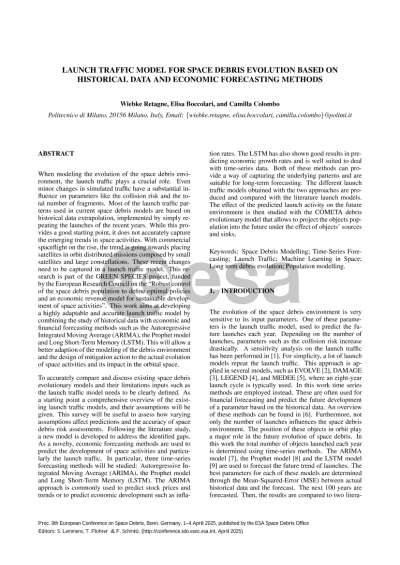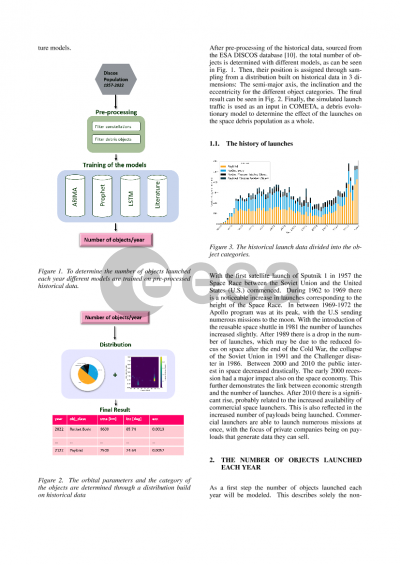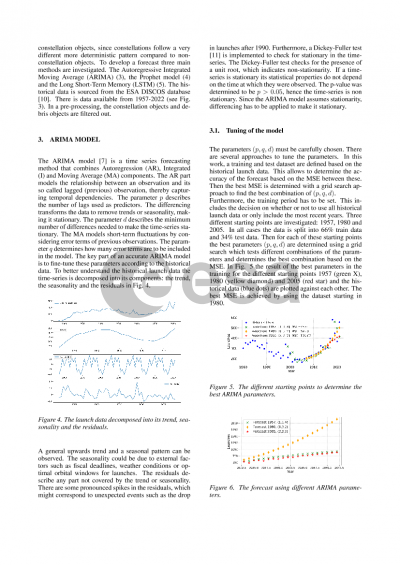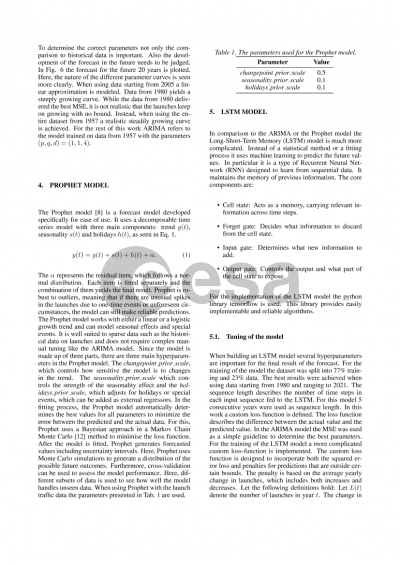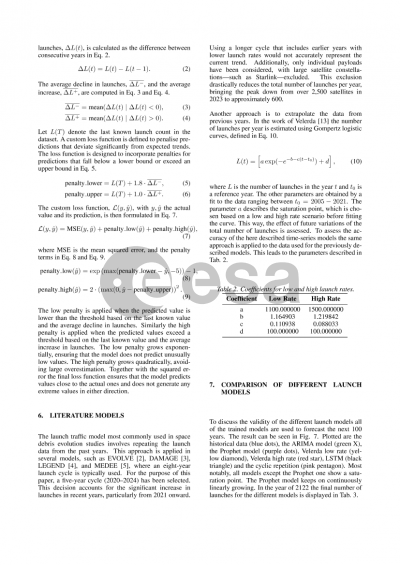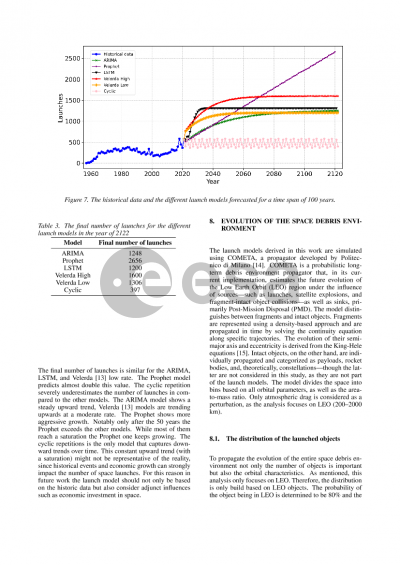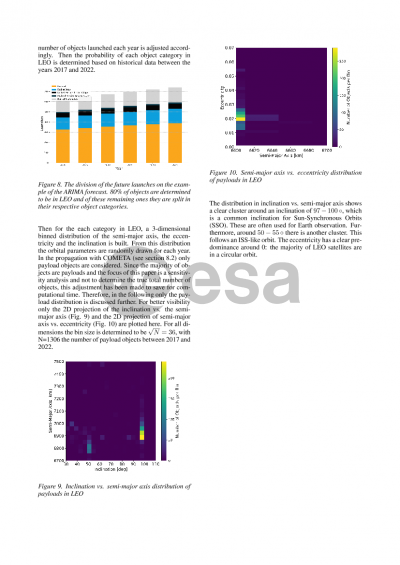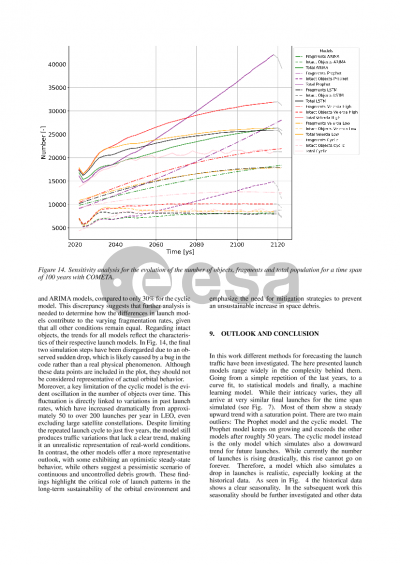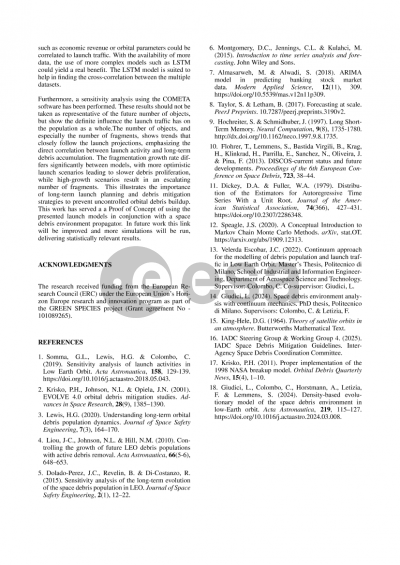Document details

Abstract
When modelling the evolution of the space debris environment, the launch traffic plays a crucial role. Even minor changes in simulated traffic have a substantial influence on parameters like the collision risk and the total number of fragments. Most of the launch traffic patterns used in current space debris models are based on historical data extrapolation, implemented by simply repeating the launches of the recent years. While this provides a good starting point, it does not accurately capture the emerging trends in space activities. With commercial spaceflight on the rise, the trend is going towards placing in orbit distributed missions composed by small satellites and large constellations. These recent changes need to be captured in a launch traffic model. This research is part of the GREEN SPECIES project, funded by the European Research Council on the “Robust control of the space debris population to define optimal policies and an economic revenue model for sustainable development of space activities” and aims at developing a highly adaptable and accurate launch traffic model by combining the study of historical data with economic and financial forecasting methods to be able to better adapt the modelling of the debris environment and the design of mitigation action to the actual evolution of space activities and its impact in the orbital space. To accurately compare and discuss existing space debris evolutionary models and their limitations inputs such as the launch traffic model needs to be clearly defined. As a starting point a comprehensive overview of the existing launch traffic models, and their assumptions will be given. This survey will be useful to assess how varying assumptions affect predictions and the accuracy of space debris risk assessments. Following the literature study, a new model is developed to address the identified gaps. As a novelty, economic forecasting methods are used to predict the development of space activities and particularly the launch traffic. Furthermore, the model aims to include both a statistical approach for these representative objects and a deterministic approach for satellites where the data is readily available, such as constellation build up. In particular, two time-series forecasting methods will be studied: Autoregressive Integrated Moving Average (ARIMA) and Long Short-Term Memory (LSTM). The ARIMA approach is commonly used to predict stock prices and trends or to predict economic development such as inflation rates. The LSTM has also shown good results in predicting economic growth rates and is well suited to deal with time-series data. Both of these methods can provide a way of capturing the underlying patterns and are suitable for long-term forecasting. The different launch traffic models obtained with the two approaches are produced and compared with the literature launch models. Moreover, a sensitivity analysis on the setting parameters of the two approaches is performed. The effect of the predicted launch activity on the future environment is then studied with the COMETA debris evolutionary model that allows to project the objects population into the future under the effect of objects’ sources and sinks.
Preview
